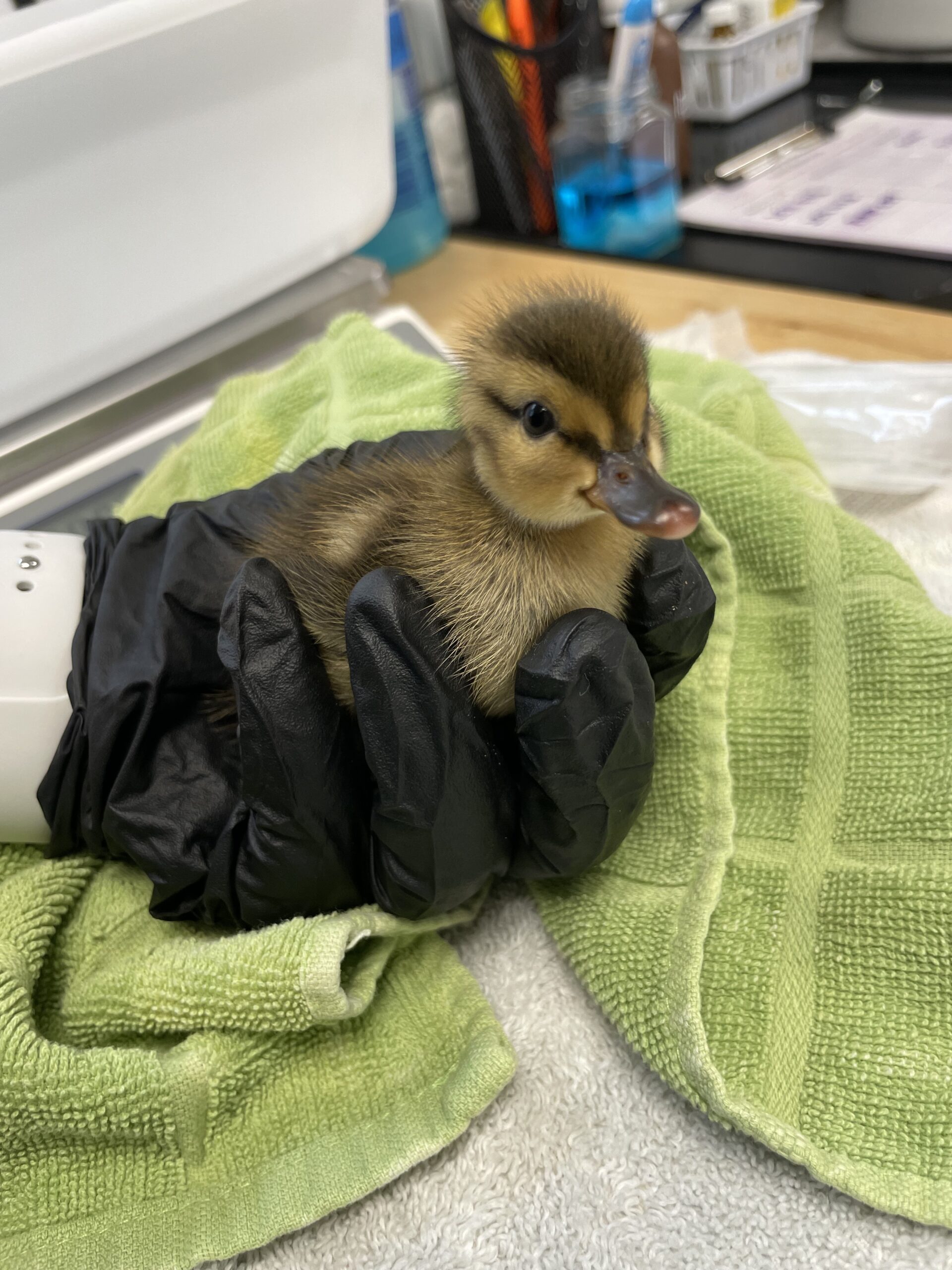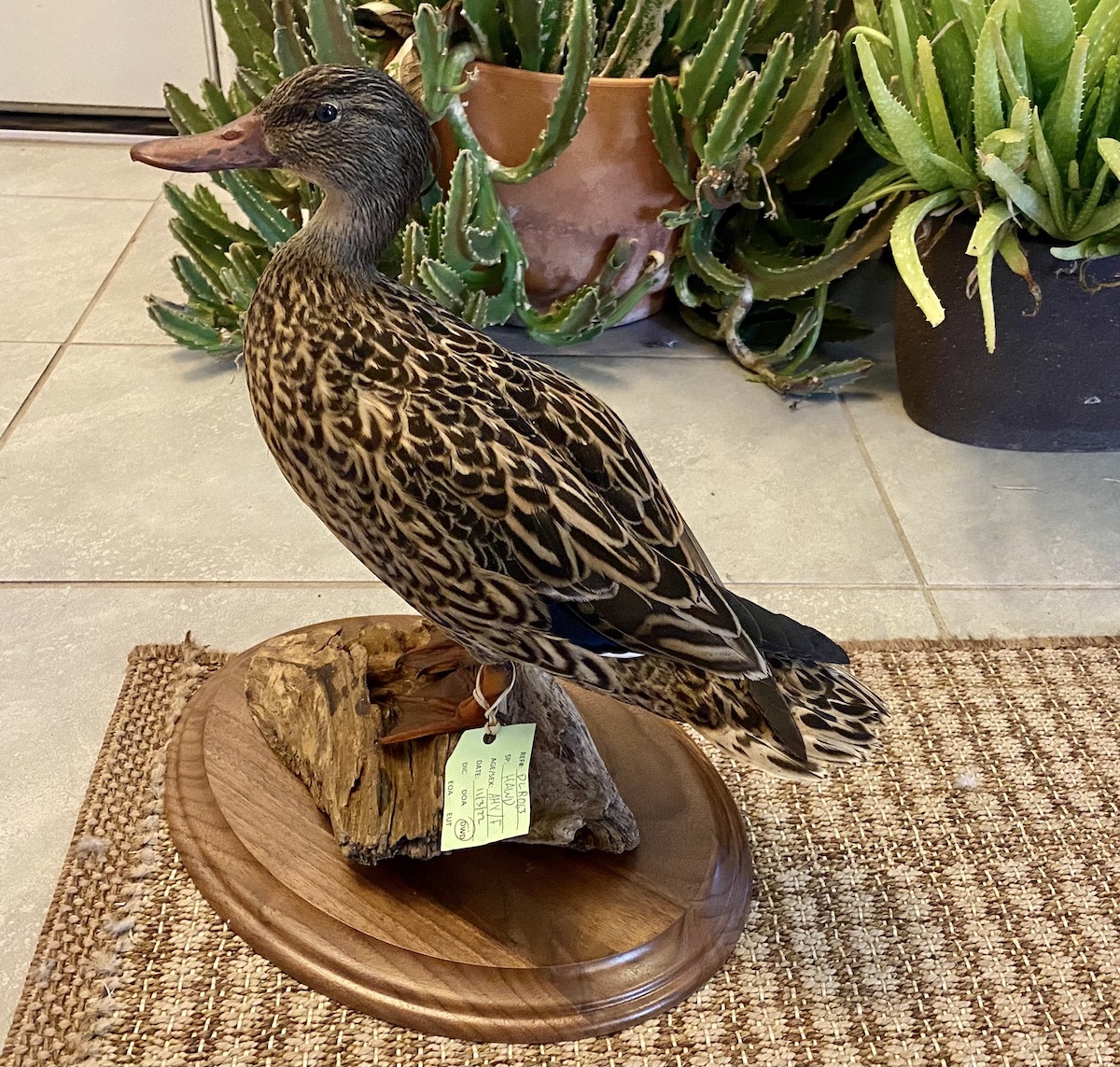
Bird rescue and rehabilitation in Hawaiʻi presents some unique challenges for practitioners, ones that the Save our Shearwaters (SOS) program has been successfully navigating in the several decades they have been operating on the island of Kauiʻi. SOS has a holistic approach to conservation, recognizing the essential role of community outreach and engagement in conserving Hawaiʻi’s wetland ecosystems and partnering with numerous organizations on conservation and community projects. Their rehabilitation work, however, needs specific expertise, tools and support to help birds that have been affected by disease, run-ins with vehicles or predators, or that for other reasons would not be able to survive in the wild.
SOS was awarded a Pacific Birds Partnership Grant in 2022 to increase their capacity to assist wetland waterbirds, or as they put it, serve a “broader patient diversity”. They have focused more on seabirds over the years and the grant award will be used to construct a waterbird pen and a waterfowl conditioning pool, as well as purchase incubators. In the past five years, SOS has admitted more than 300 waterbirds that are threatened or endangered at the state or federal level.
When a bird is admitted for treatment, they get a thorough exam–bloodwork, weight, temperature, body condition, feather condition, and a complete head to toe inspection for injuries. Any abnormalities are noted, such as a drooping wing, and the patient is stabilized and hydrated. Radiographs are done as needed, and a detailed care plan is developed for each individual which includes their daily nutrition needs, medications, physical therapies, splint adjustments, and more. Each individual is then housed in a species-appropriate enclosure. Prior to release, all patients must reach a strict set of release requirements and be housed in pre-release enclosures that are large enough for them to run, fly, and stretch appropriately. This ensures they have the best chance of survival post-release. Each patient is banded with a numbered federal band prior to release to identify that individual if it is ever recaptured.
The impacts of rescue and rehabilitation work are enormous when there are limited wetland acres and small populations. The populations of ʻAlae ʻula or Hawaiian Common Gallinule (Gallinula galeata sandvicensis) and Koloa Maoli or Hawaiian Duck (Anas wyvilliana) are both estimated at 1,000 birds, or less, across the Hawaiian Islands. Every saved individual bird can contribute to the birds’ overall success.
On the outreach side of things, SOS plans to do even more community events and programs. They have already made a taxidermy mount to display at community events and use as a learning tool. Raising awareness that imperiled waterbirds live amongst the human residents of the island, and caring for them and their habitats–before restoration, rescue or rehabilitation is needed–is key to helping these unique waterbirds thrive in the long term.

